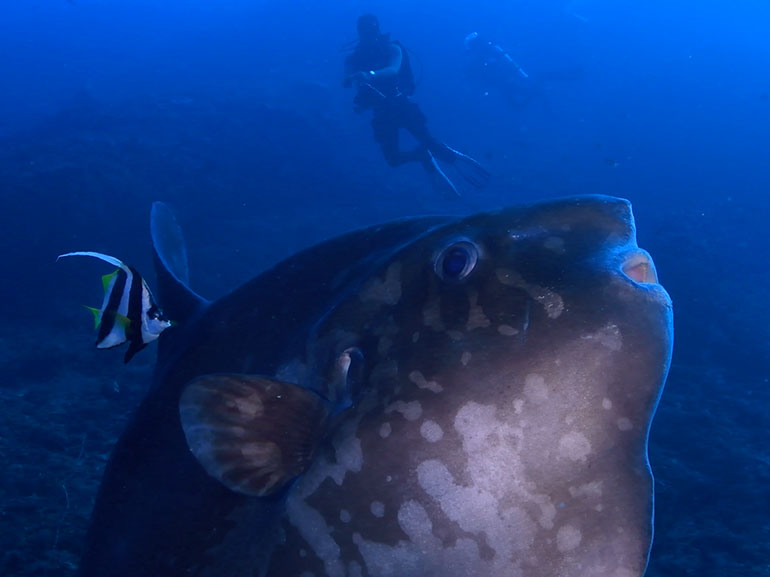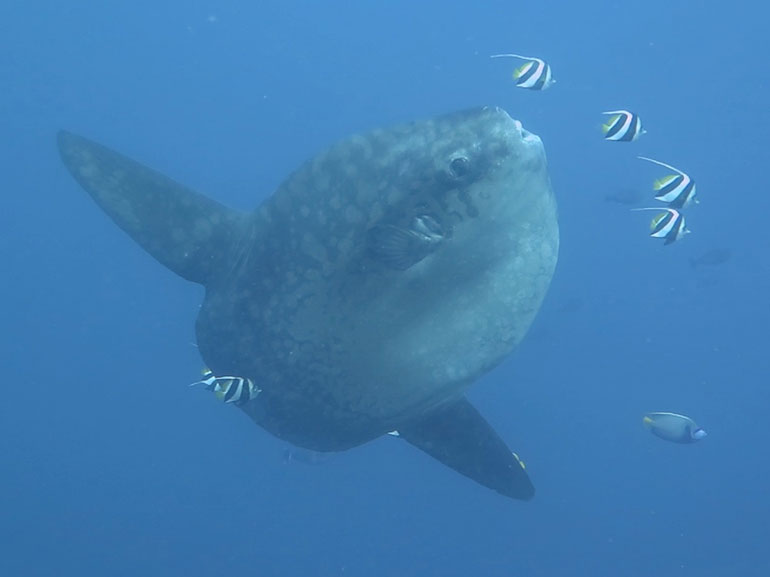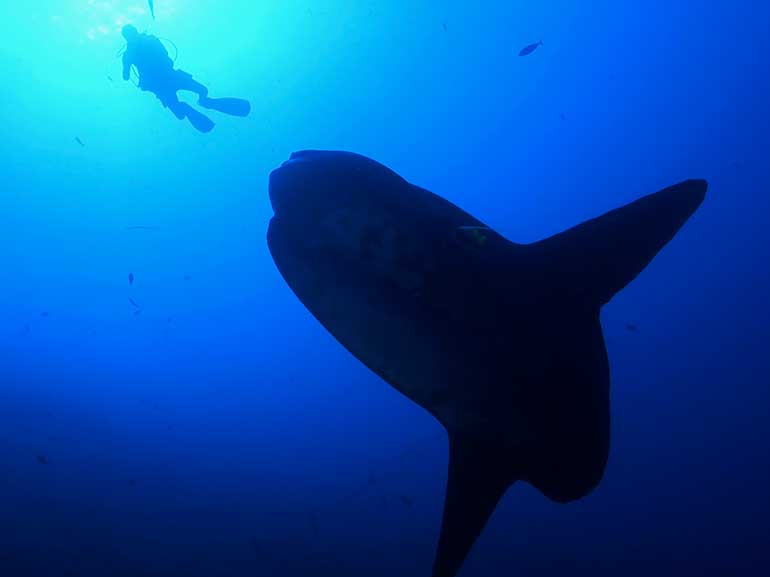
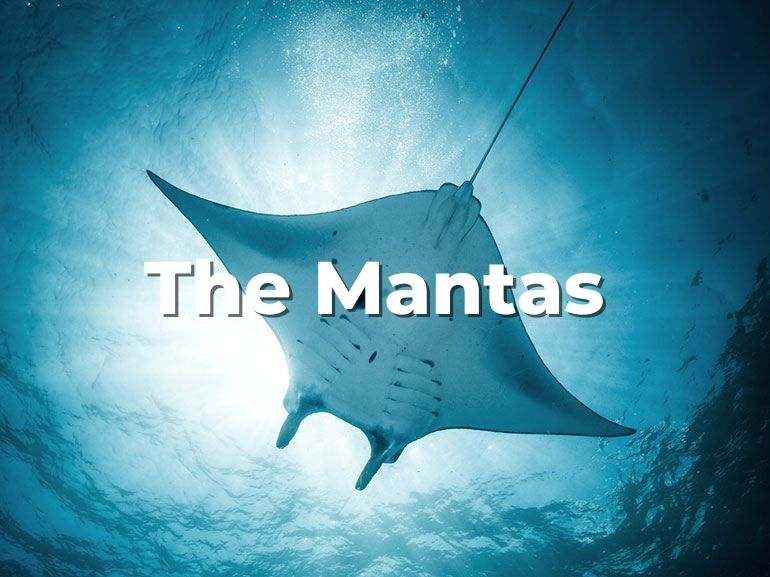
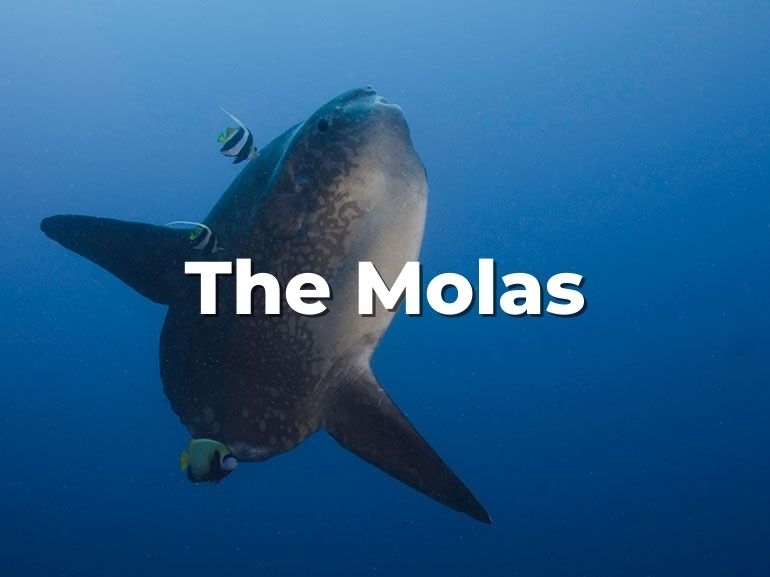

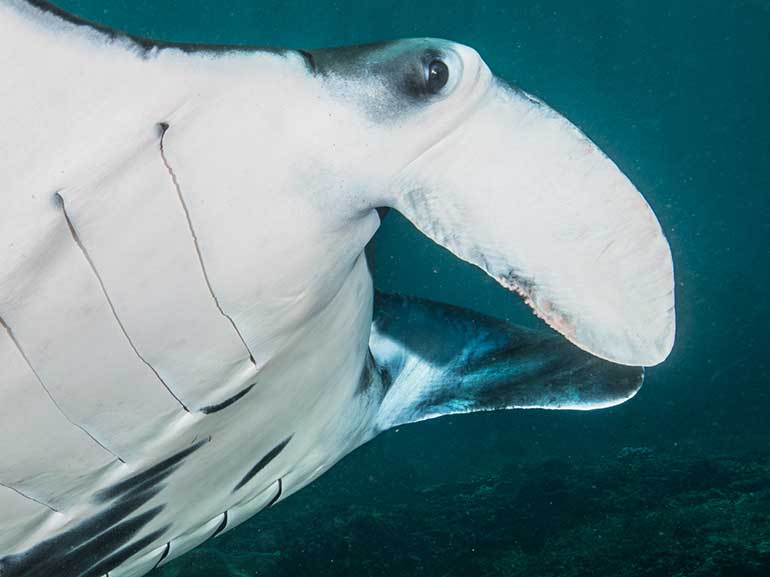

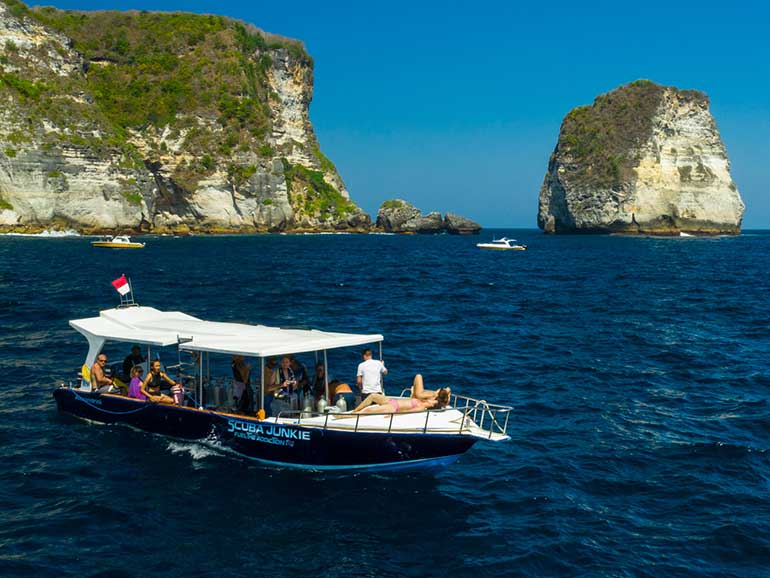
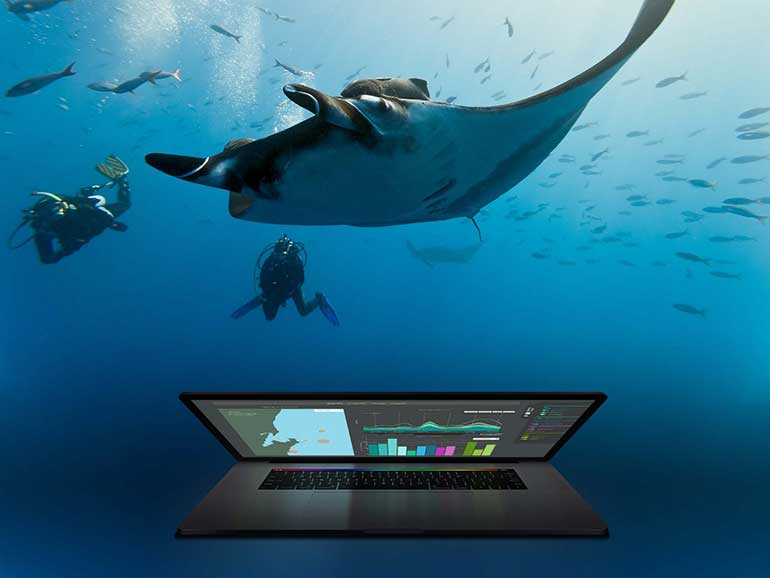
Most of the manta rays that we see are M.Alfredi (reef mantas). Nusa Penida has a recorded population of around ~800 mantas, thanks to the citizen science database; Manta Matcher. Manta rays each have a unique spot pattern on their underside, so divers are encouraged to take photos of the manta's bellies and share them on mantamatcher.org. Once the pics are uploaded, one of their team can "match" them - if they are already in the database then this valuable information is added to what they already know about the individual (you're encouraged to give as much information about the encounter as possible). It helps experts to recognise any patterns in the mantas behaviour, and ultimately counts towards their protection in our oceans. If you're lucky you may have a snap of a new manta!
Most of Nusa Penida's mantas are spotted & logged on average four times, and many are logged only once. The most frequently sighted manta "Little Nipper" has had over 100 sightings.

